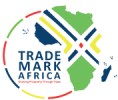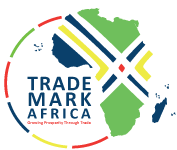The Kenya Ports Authority has reported a decline in import cargo at the Mombasa port in the past week up to October 4. The management said in its latest data that local containerised imports through the port stood at 2,483 twenty feet equivalent units (TEUs), a decline of 1,108 TEUs from the previous week. The decline could be attributed to muted business activities in the country, with many investors employing a wait-and-see attitude ahead of the October 26 repeat presidential election after the nullification of the August 8 vote outcome in which President Uhuru Kenyatta was declared the winner. Bulk clinker was the leading import commodity, with 103,731 tonnes having been brought in through the port. It was followed by bulk wheat and bulk sugar, which registered 70,241 tonnes and 25,691 tonnes respectively. Other leading commodities included 14,698 tonnes of bulk fertiliser, 8,348 tonnes of bagged sugar, 5,841 tonnes of project cargo, and 5,260 tonnes of bulk sorghum. The general cargo terminal also handled 3,000 units of imported motor vehicles and 129 trucks. ‘’A total of 14 container vessels went alongside the container terminals, recording a ship average working time of 2.02 days as container dwell time registered 4.53 days,’’ said Kenya Ports Authority (KPA) in a statement. Transit-bound containerised cargo, however, increased by 12TEUs during the week under review to stand at 5,591TEUs. Uganda, the traditional transit market leader, registered 4,477TEUs, representing 80 per cent of traffic, followed by South Sudan with 361TEUs, which was an increase of 126TEUs...
Import cargo dips at Mombasa Port
Posted on: October 16, 2017
Posted on: October 16, 2017















